Kawasaki Corleo Hydrogen-Powered Human-Carrying Robotic Dog for a Journey into the Future
Kawasaki has taken a revolutionary step toward shaping the future of mobility.
Kawasaki has taken a revolutionary step toward shaping the future of mobility.
The four-legged, hydrogen-powered CORLEO, capable of navigating harsh natural terrain just like an animal, is set to radically disrupt traditional transportation norms.
This isn’t just a robot—it’s a next-generation companion that harmonizes with nature, merging sustainability vision with engineering brilliance.
Set to debut at the 2025 Osaka-Kansai World Expo, this futuristic machine redefines both technology and humanity’s innate "instinct to move." CORLEO stands as one of the boldest strides into the future of mobility.
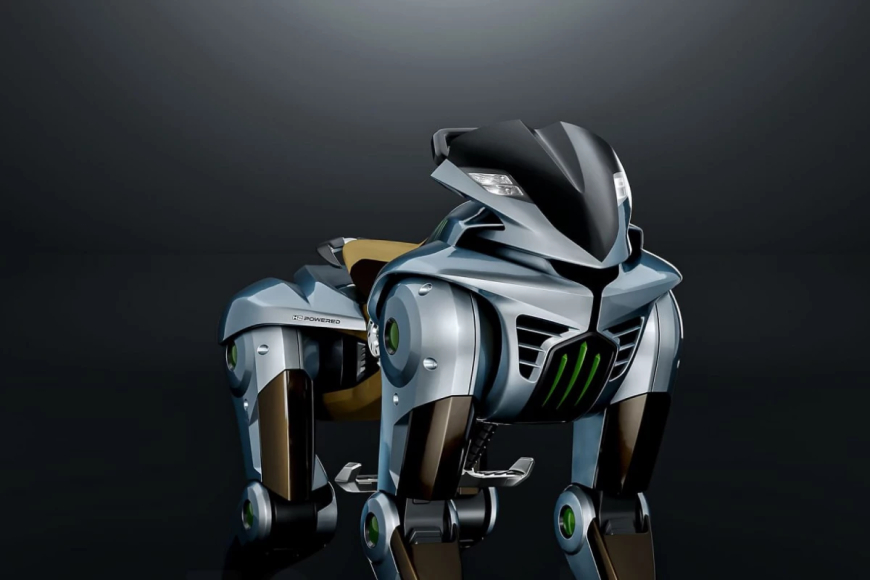
The CORLEO Revolution: Where Biomechanics Meets Sustainable Mobility
We live in an era where AI pushes boundaries and robotic technologies integrate seamlessly into daily life. Autonomous vehicles are no longer confined to labs—they’re hitting the roads. Humanoid robots engage in social interactions. Brain-computer interfaces even let us control devices with our thoughts. At the heart of these technological revolutions lies a pivotal question: "How can humanity advance its freedom of movement further?" Kawasaki’s answer is as surprising as it is bold: CORLEO.
Neither a conventional vehicle nor an ordinary robot, CORLEO redefines mobility with its hydrogen-powered bionic legs, nature-harmonious design, and human-machine interface. It’s a "living vehicle"—a leap beyond Boston Dynamics’ robotic dogs, merging sustainable mobility with biomechanics to draft the manifesto of future transportation.
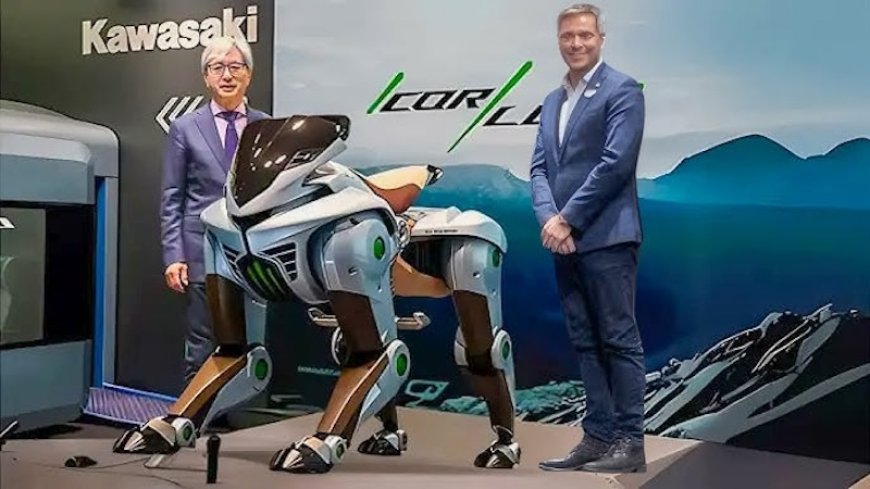
Beyond Flying Cars: A New Mobility Paradigm
The future of transportation no longer hinges solely on flying cars or autonomous vehicles. Kawasaki challenges everything we know with CORLEO—a four-legged, hydrogen-fueled bionic transport system. This isn’t just a robot; it’s a fusion of nature and technology, offering a radical new mobility experience.
Designed as part of Kawasaki Heavy Industries’ 2050 Vision, CORLEO will debut at the 2025 Osaka-Kansai World Expo in the "City of the Future" pavilion. But what makes it so groundbreaking?
1. Unshackled by Terrain
CORLEO’s quadrupedal design breaks free from classical vehicles. Its four legs traverse rugged landscapes, mountains, and even waterfronts with ease—reaching places wheels cannot. Inspired by Kawasaki’s motorcycle technology, its swing-arm mechanism allows rear legs to move independently from the front, absorbing vibrations while enabling intuitive control. Like riding a horse, users shift their weight to steer, making it accessible even for beginners in harsh conditions.
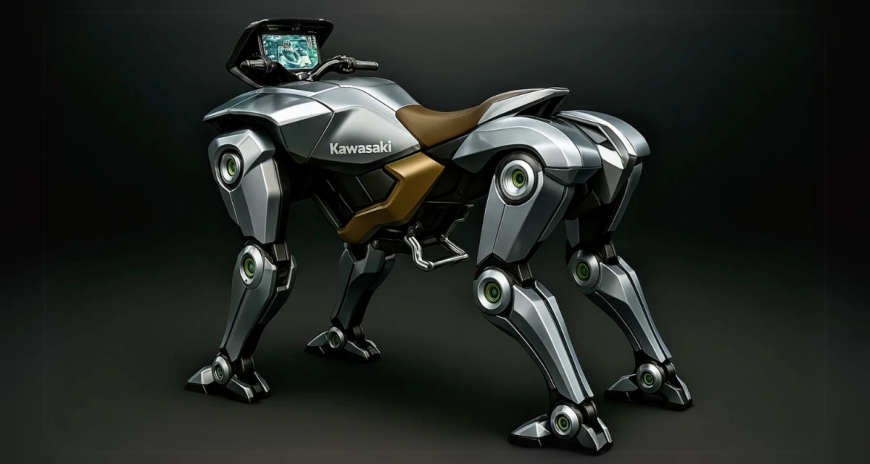
2. Hydrogen-Powered & Sustainable
With zero emissions and quiet operation, CORLEO embodies Kawasaki’s commitment to carbon neutrality by 2030. Its hydrogen fuel cell system pairs endurance with eco-conscious engineering.
3. The Human-Machine Symbiosis
CORLEO isn’t just a tool—it’s a companion. Advanced AI adapts to user behavior, while haptic feedback creates a tactile bond between human and machine.
Why CORLEO Matters
This isn’t just a Kawasaki project; it’s a philosophical shift. By blending biomechanics, clean energy, and intuitive design, CORLEO reimagines mobility as an extension of human capability—not a replacement. The 2025 Expo will mark its first step toward commercialization, with Kawasaki eyeing search-and-rescue, logistics, and even recreational applications.
The future moves on four legs.
The Energy System: What elevates CORLEO beyond mere technological innovation is its energy system, transforming it into an icon of sustainable mobility. This system represents a truly revolutionary leap in eco-friendly technologies. CORLEO operates entirely on hydrogen. Thanks to specialized hydrogen cartridges integrated into its hind legs, it generates energy without fossil fuels. The hydrogen in these cartridges is converted into electricity by an advanced hydrogen motor located in the front legs, powering all of the robot’s movement mechanisms. The result? A zero-emission, silent, and eco-conscious mobility experience.
This energy model doesn’t just address today’s environmental challenges—it also crystallizes Kawasaki’s vision for the future. The company believes hydrogen isn’t merely an alternative fuel but one of the primary energy sources of tomorrow. CORLEO embodies this vision. Thus, the system isn’t just a technological breakthrough; it carries a powerful message: a sustainable world is possible.
Beyond Engineering: Yet, what makes CORLEO exceptional isn’t just its energy infrastructure or engineering prowess. The project is built on a philosophical foundation that speaks to human nature. Kawasaki’s theme for the Osaka-Kansai 2025 World Expo is “The Instinct to Move.” Throughout history, movement has been a fundamental human need—an instinct. We’ve explored new places, sought the unknown, and strived to reach greater heights. We’ve migrated, climbed mountains, crossed valleys, and journeyed through nature in pursuit of discovery. Movement isn’t just physical; it reflects curiosity, freedom, and exploration.
CORLEO answers this very instinct. Whether on mountain trails, forest paths, or waterfronts, it delivers harmonious, silent, yet powerful mobility. It offers users not just transport but an experience—to feel nature and traverse it without harm. Every journey with CORLEO proves how seamlessly technology can align with humans and nature. This isn’t just the future of mobility; it’s an approach that honors humanity’s bond with the natural world.
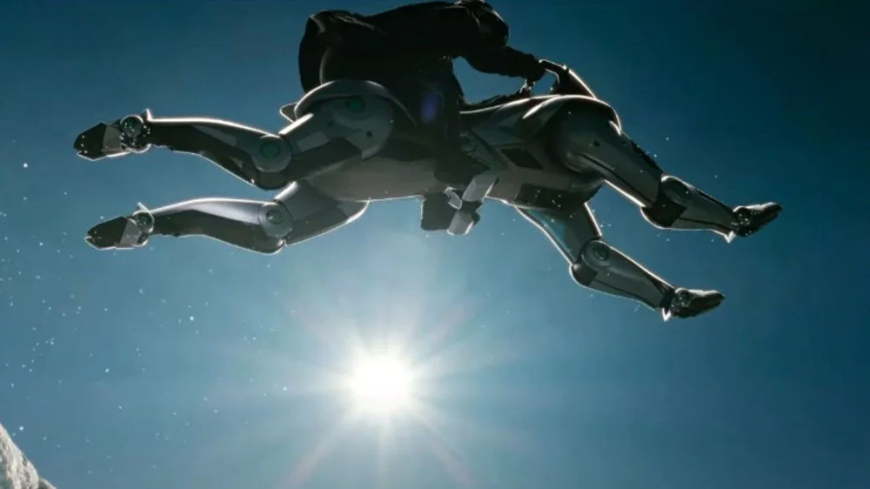
What CORLEO offers is not just a robot equipped with advanced technology. It is a gateway to the future. At the same time, it represents the reawakening in the modern world of our ancestral desire to move, our passion for discovery, and our need for freedom.
At the Expo, you'll be able to see CORLEO in motion and have the opportunity to examine its technology up close. Additionally, ALICE Rail and ALICE Cabin, which are part of the ALICE System that Kawasaki has designed as the future public transportation system, will also be exhibited in this pavilion.
In short, CORLEO is not just a means of transportation. It is a symbol of a sustainable future, an engineering marvel, and the harmony between humans and technology. With this project, Kawasaki is opening the doors to a new world for us. And in this world, we are no longer just spectators, but active participants experiencing it firsthand.
If you want to keep up with such innovative projects that are shaping the technologies of the future, don't forget to subscribe to my NextAIVision channel! From artificial intelligence to robotics developments, from sustainable energy solutions to human-machine interaction, the most up-to-date and in-depth content about the world of the future awaits you.
Revolutionary projects like Kawasaki's CORLEO are just the beginning of showing where technology is evolving. So where will you be in this future?
Subscribe to NextAIVision, turn on notifications, and let's set sail into the future together! Don't forget to share your thoughts by writing 'Corleo is my future!' in the comments. See you in the next video!
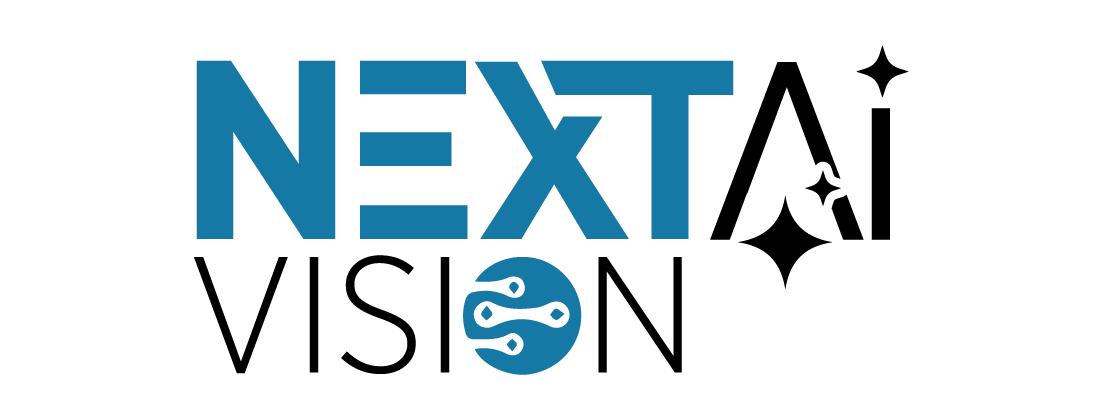

 admin
admin 





